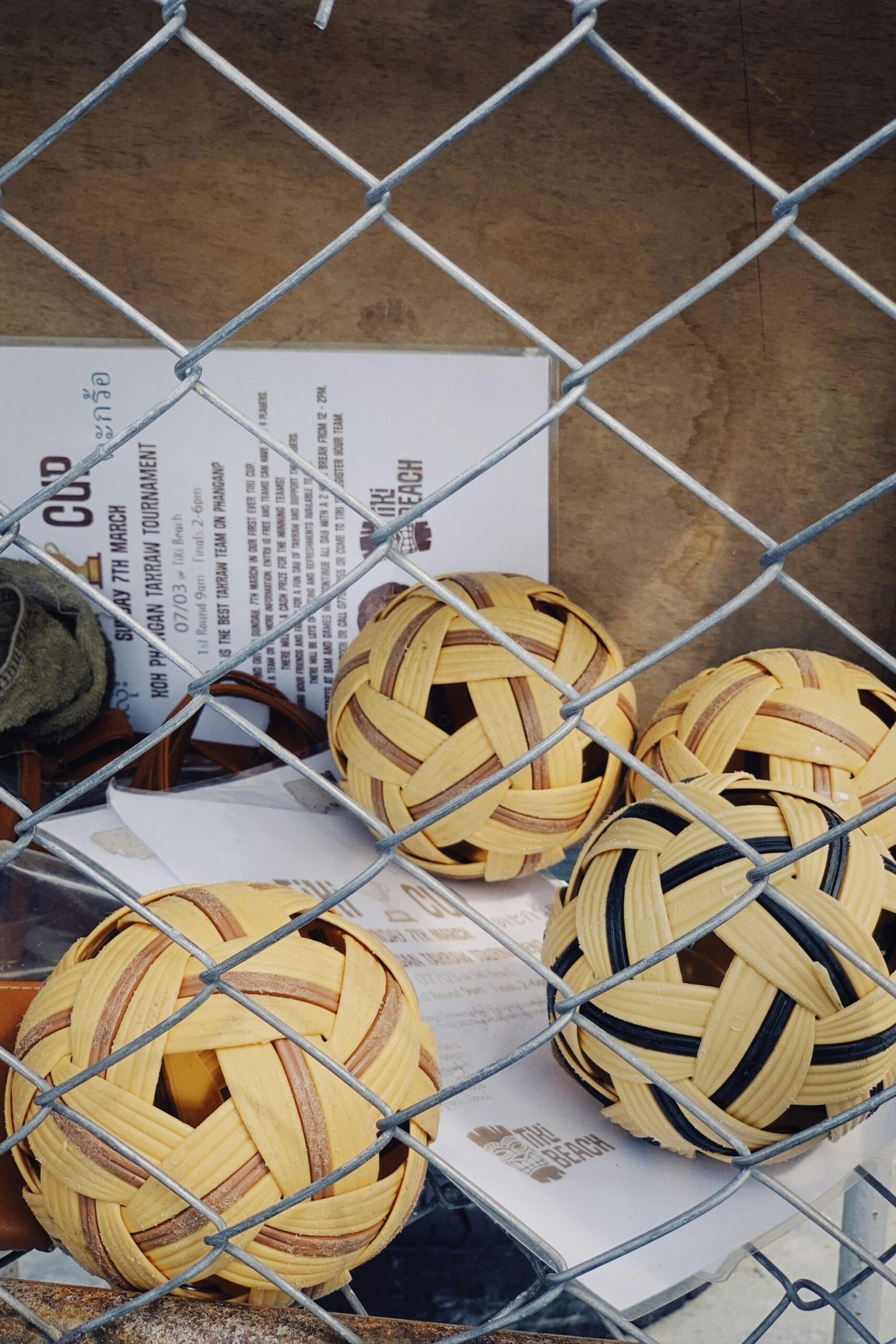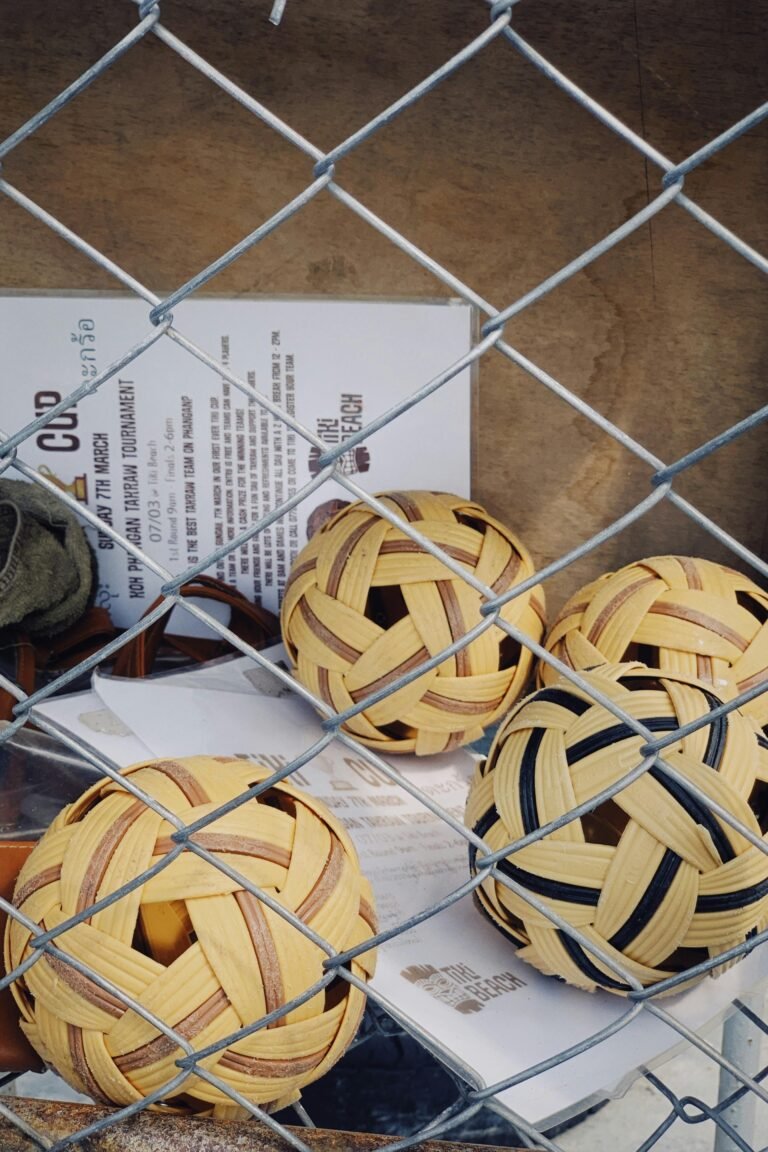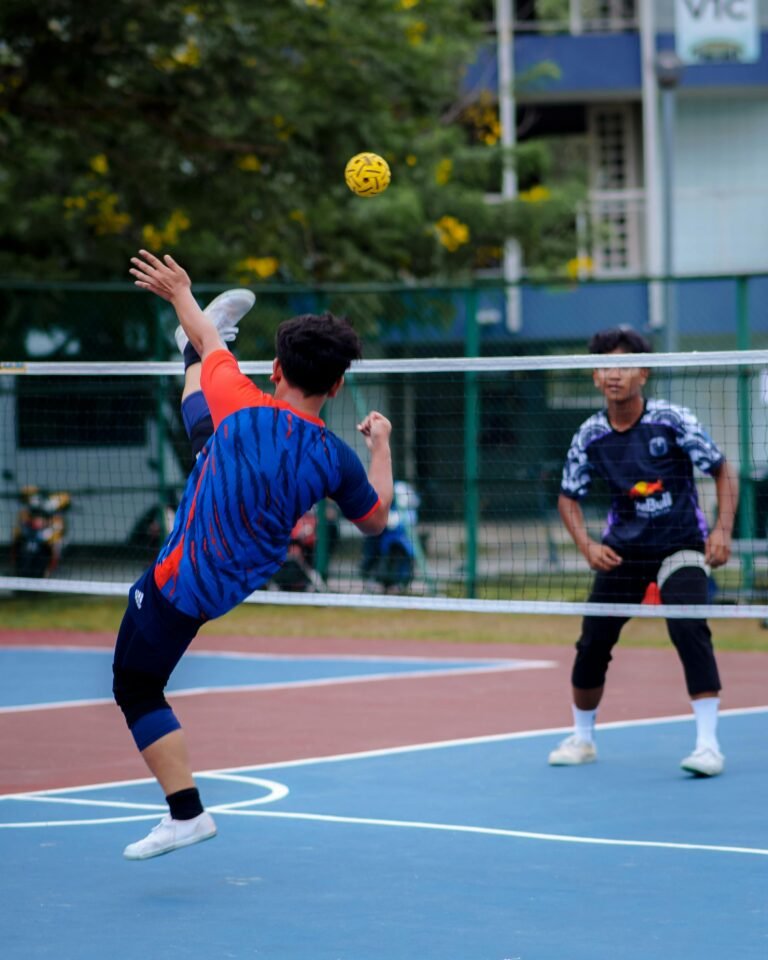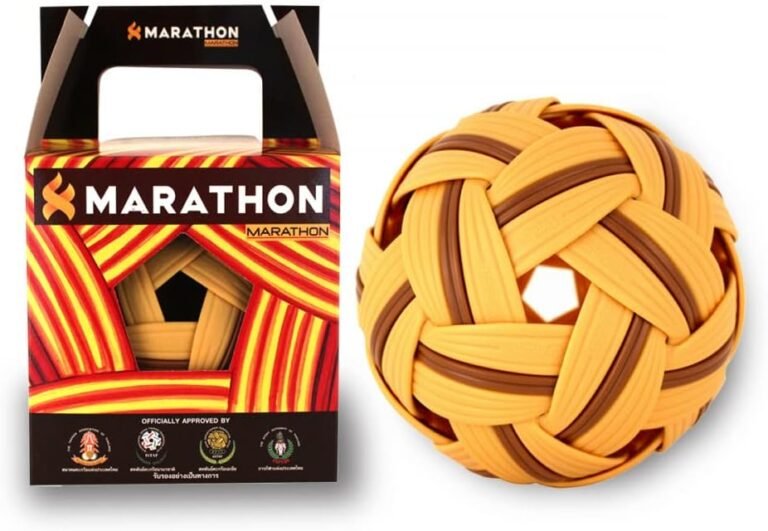
Understanding the Fundamentals of Sepak Takraw
Sepak takraw is a traditional sport originating from Southeast Asia, particularly popular in countries such as Thailand, Malaysia, and Indonesia. The game itself is a fascinating blend of elements from volleyball, football, and gymnastics, creating an engaging spectacle that showcases players’ agility and skill. The term “sepak” translates to “kick” in Malay, while “takraw” refers to the rattan ball used in the sport. With its rich cultural roots, sepak takraw has evolved into a competitive international sport, attracting fans and participants from around the globe.
The fundamental rules of sepak takraw resemble those of volleyball but require players to use their feet, head, knees, and chest to hit the ball over the net. Matches are typically played in a best-of-three format, with points being scored when the opposing team fails to return the ball effectively. Each team comprises three players, known as a “regu,” who must display coordination and teamwork to succeed. Mastery of basic skills like serving, returning, and setting the ball is essential for any player aspiring to excel in this dynamic sport.
Equipment for sepak takraw includes a rattan ball, which is lightweight and durable, and a rectangular court that measures 13.4 meters in length and 6.1 meters in width, divided by a net. The net height varies, typically set at 1.52 meters for men and 1.42 meters for women. The court layout and rules facilitate fast-paced gameplay, making it imperative for players to possess strong physical conditioning and strategic awareness. Through understanding these fundamentals, newcomers can appreciate the artistry and excitement of sepak takraw while enhancing their skills and tactics as they engage in this riveting sport.
The Athleticism Behind Sepak Takraw: Techniques and Training
Sepak takraw is a sport that demands a unique blend of athleticism, skill, and strategy, setting it apart from many traditional games. The acrobatic moves, including powerful spikes and intricate footwork, require players to undergo rigorous training regimens that focus on enhancing agility, coordination, and strength. Players often dedicate countless hours to drills that improve their ability to execute high-flying kicks, strategic passes, and precise serves. This intense training not only hones their physical capabilities but also develops their mental acuity to anticipate plays and counter the opposing team’s strategies.
A typical training session for sepak takraw players involves a multifaceted approach. Athletes engage in specific workouts aimed at building core strength and enhancing cardiovascular endurance, essential for maintaining peak performance throughout intense matches. Jumping drills and plyometric exercises are particularly vital, as they enable players to achieve the aerial agility needed for spectacular kicks. In tandem with strength training, players often practice footwork drills to improve their reflexes and movement on the court, ensuring they can respond quickly to opponents’ tactics.
In competitive matches, positioning and teamwork are paramount. Players must work cohesively to execute plays, often relying on a sequence of coordinated efforts to outmaneuver their opponents. Communication on the court is crucial, as it allows players to judge when to defend or attack effectively. Seasoned players highlight that understanding team dynamics can be just as important as individual skill and technique. Insights from experienced athletes reveal that the dedication required to master the game extends beyond physical training; it encompasses a deep understanding of strategic plays and leveraging each player’s strengths to create opportunities and dominate matches.



